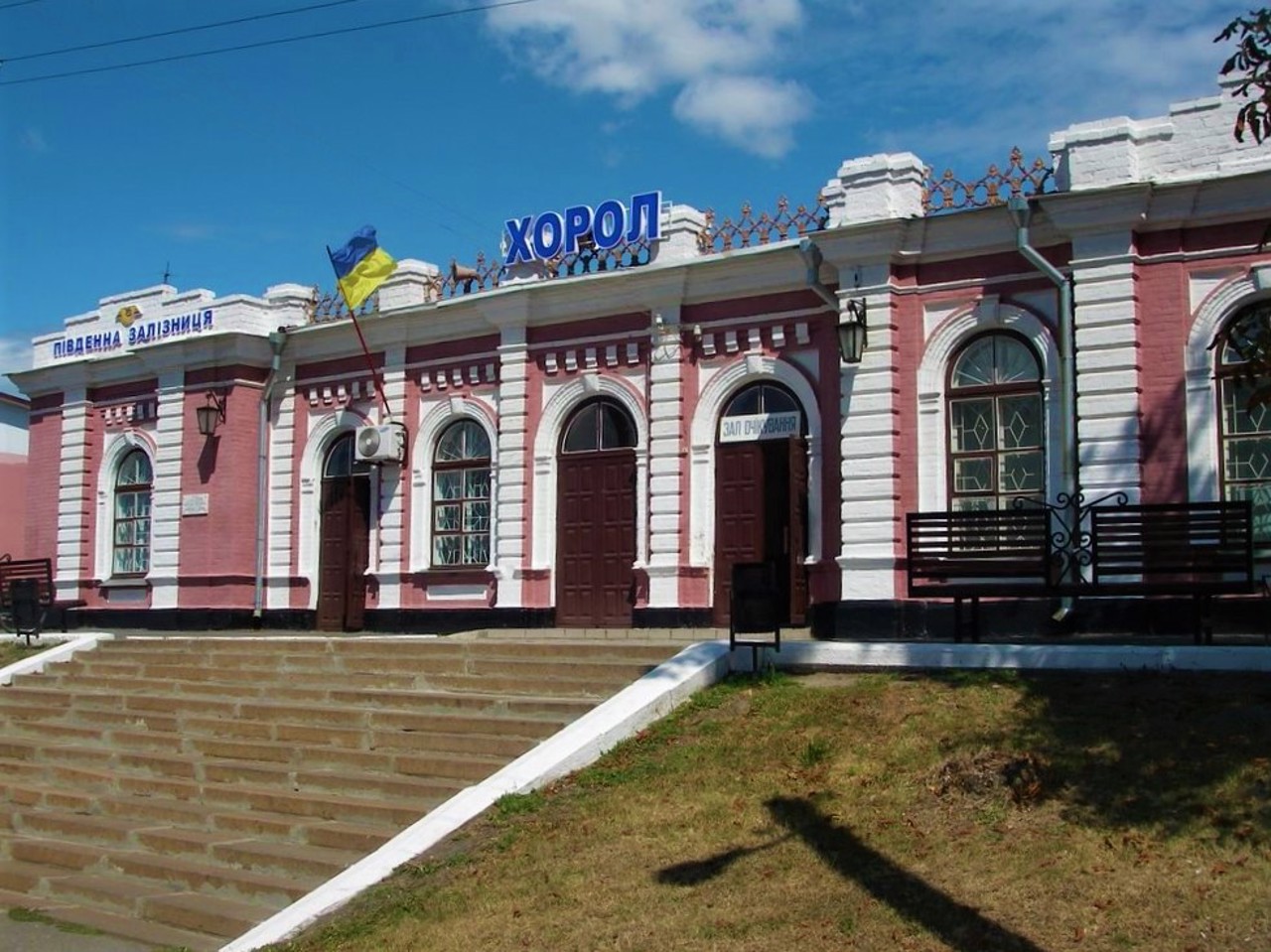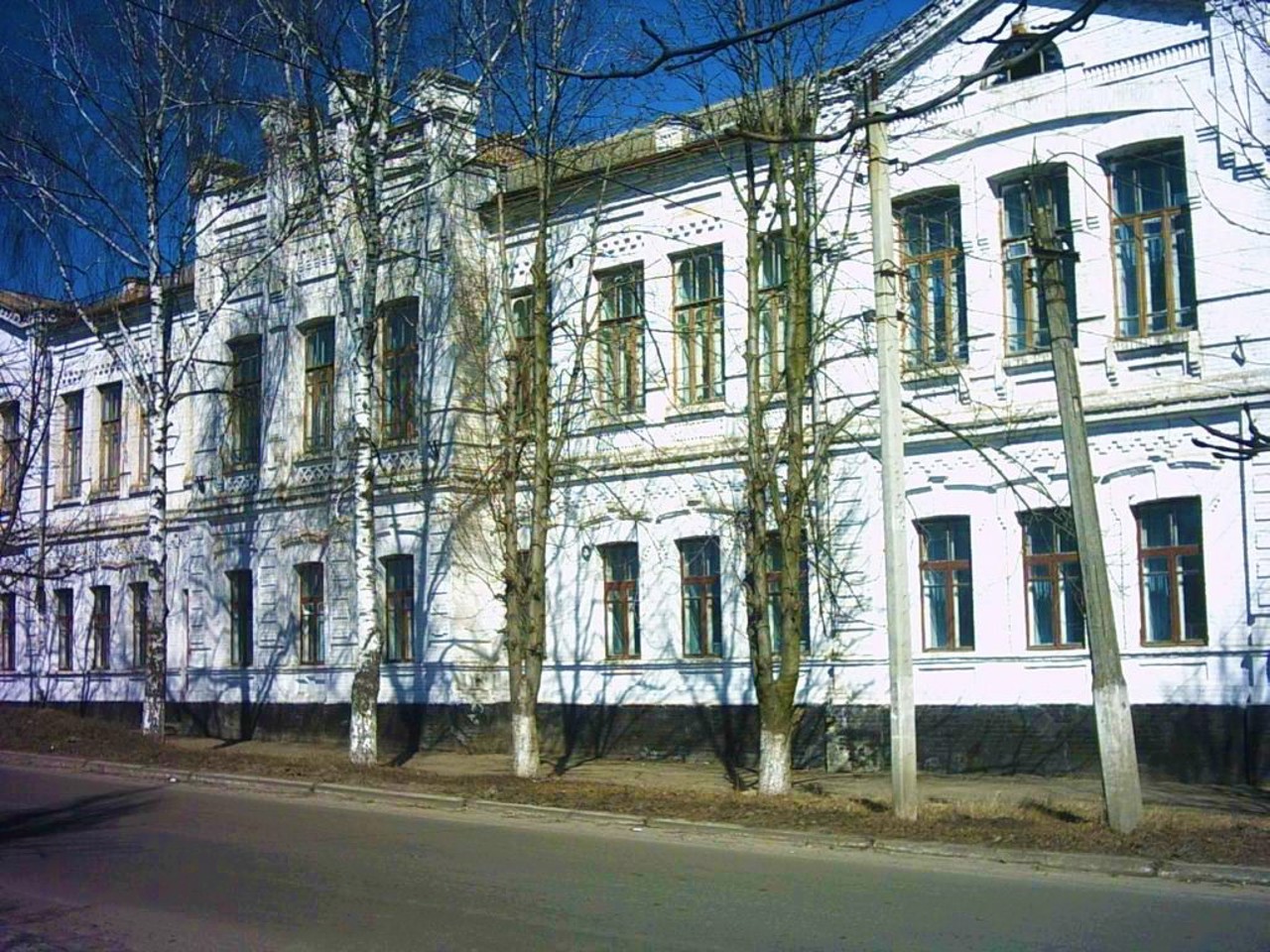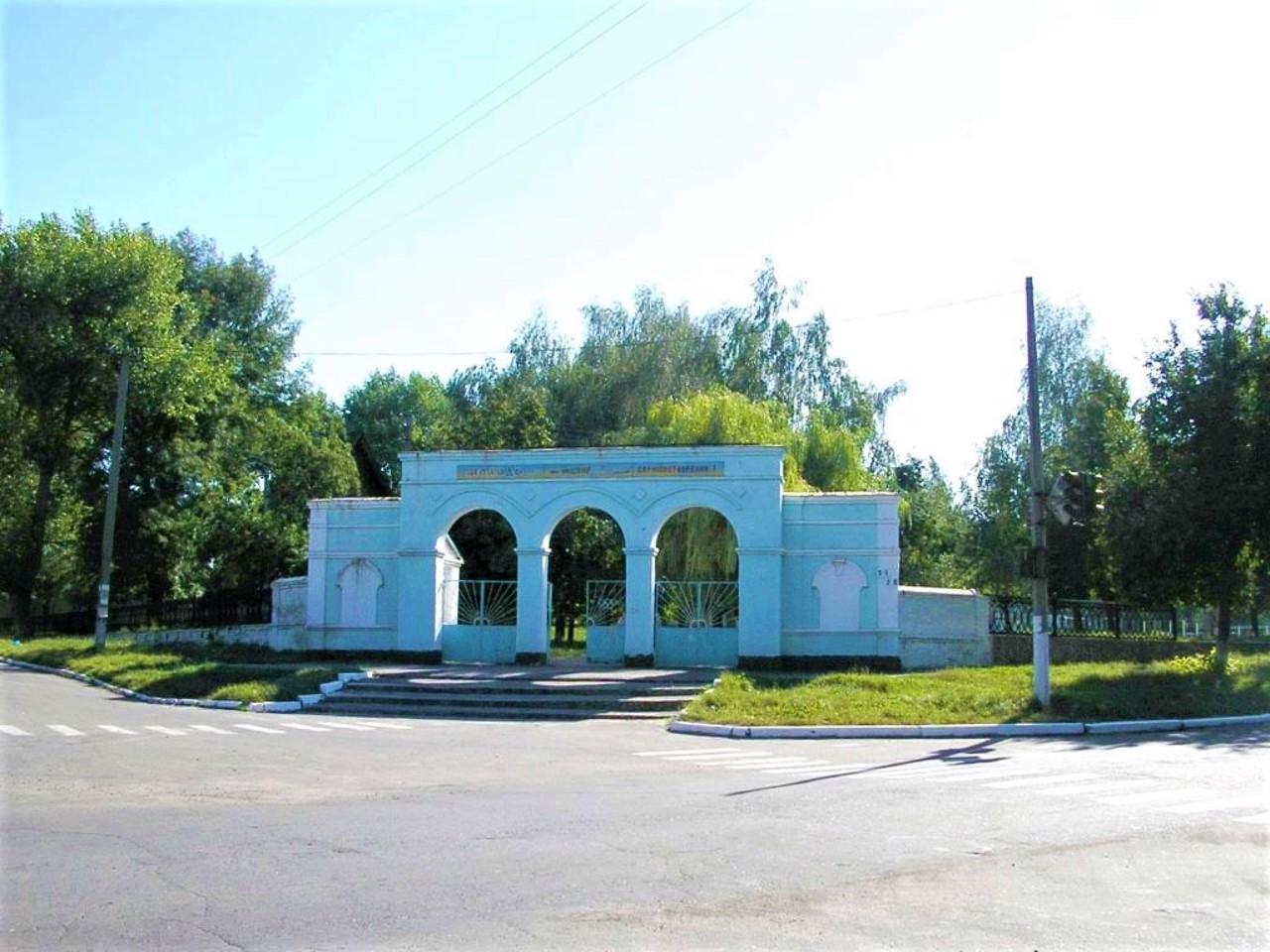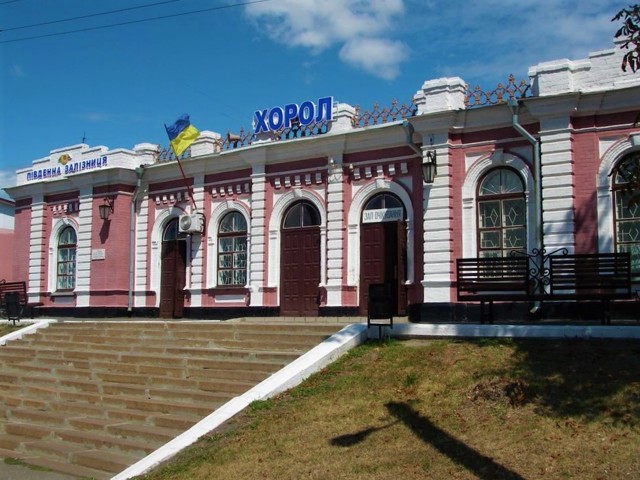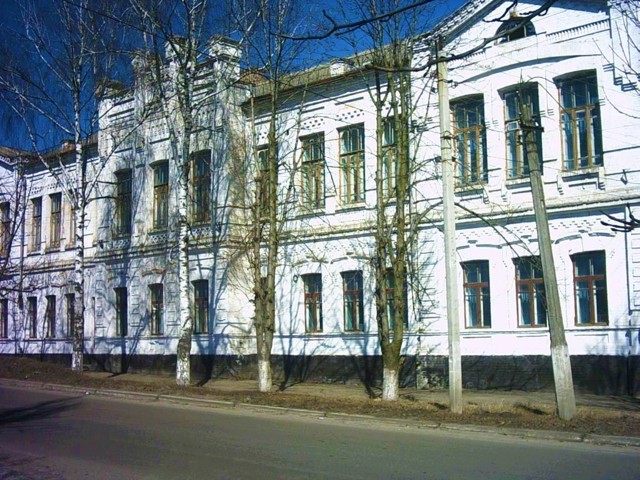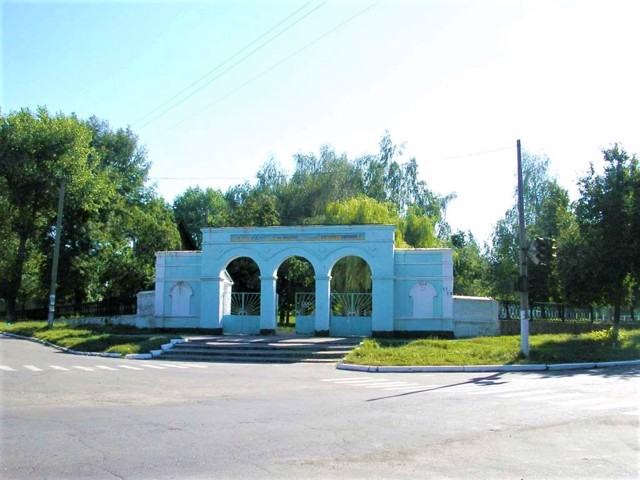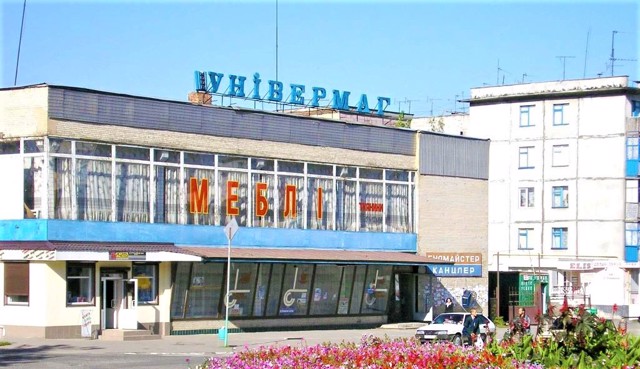Functional temporarily unavailable
General information about Khorol
The ancient city of Khorol on the river of the same name is located on the Poltava-Kyiv route.
It was first mentioned in 1083. The name has several meanings in different languages: "fast", "camp", "dwelling", etc.
Ancient Khorol was located on the high bank of the river and was a fortified city. After the Tatar-Mongol invasion, the city was part of Lithuania, then the Polish-Lithuanian Commonwealth. Since 1648, Khorol has been the hundredth town of the Myrhorod regiment, since 1782 - the county town of the Poltava province.
In 1779-1790, the Saint Nicolas Church was built, in 1808 - the Assumption Church, and in 1821 - the Resurrection Church. Until the middle of the 19th century, there was a Khorol fortress.
During the Second World ...
The ancient city of Khorol on the river of the same name is located on the Poltava-Kyiv route.
It was first mentioned in 1083. The name has several meanings in different languages: "fast", "camp", "dwelling", etc.
Ancient Khorol was located on the high bank of the river and was a fortified city. After the Tatar-Mongol invasion, the city was part of Lithuania, then the Polish-Lithuanian Commonwealth. Since 1648, Khorol has been the hundredth town of the Myrhorod regiment, since 1782 - the county town of the Poltava province.
In 1779-1790, the Saint Nicolas Church was built, in 1808 - the Assumption Church, and in 1821 - the Resurrection Church. Until the middle of the 19th century, there was a Khorol fortress.
During the Second World War, a camp for prisoners of war "Khorol Yama" operated on the territory of the brick factory, where more than 37 thousand people died in 1941-1942 alone. A monument was erected in memory of the victims of fascism.
Стародавнє місто Хорол на на однойменній річці знаходиться на трасі Полтава-Київ.
Вперше згадується в 1083 році. Назва має кілька значень в різних мовах: "швидкий", "табір", "житло" тощо.
Древній Хорол розміщувався на високому березі річки, був укріпленим містом. Після татаро-монгольської навали місто входило до складу Литви, потім Речі Посполитої. З 1648 року Хорол - сотенне містечко Миргородського полку, з 1782 року - повітове містечко Полтавської губернії.
В 1779-1790 роках побудована Миколаївська церква, в 1808 році - Свято-Успенська, в 1821 році - Воскресенська. До середини XIX століття існувала Хорольська фортеця.
Під час Другої Світової війни на території цегельного заводу діяв табір для військовополонених "Хорольська яма ...
Стародавнє місто Хорол на на однойменній річці знаходиться на трасі Полтава-Київ.
Вперше згадується в 1083 році. Назва має кілька значень в різних мовах: "швидкий", "табір", "житло" тощо.
Древній Хорол розміщувався на високому березі річки, був укріпленим містом. Після татаро-монгольської навали місто входило до складу Литви, потім Речі Посполитої. З 1648 року Хорол - сотенне містечко Миргородського полку, з 1782 року - повітове містечко Полтавської губернії.
В 1779-1790 роках побудована Миколаївська церква, в 1808 році - Свято-Успенська, в 1821 році - Воскресенська. До середини XIX століття існувала Хорольська фортеця.
Під час Другої Світової війни на території цегельного заводу діяв табір для військовополонених "Хорольська яма", де тільки в 1941-1942 роках загинуло понад 37 тисяч людей. На згадку про жертви фашизму встановлено пам'ятник.
Сплануй своє перебування у Khorol
What to see and where to go in Khorol
Tourist attractions and museums of Khorol
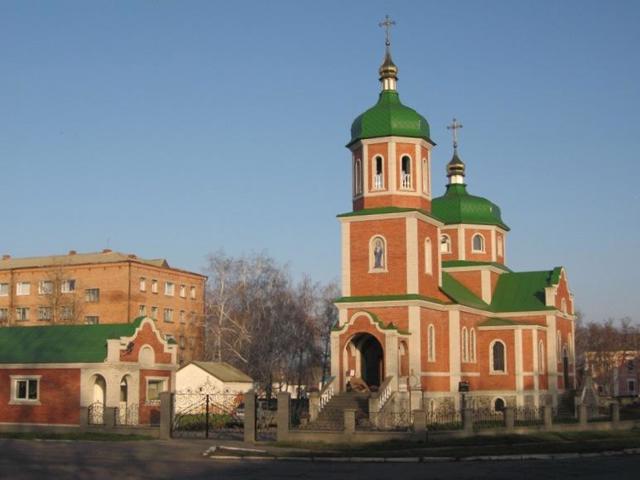
Holy Assumption Cathedral
Temple , Architecture
The Holy Assumption Cathedral in Khorol was founded in 1802 at the expense of the merchant Chebotaryov.
Destroyed by the Bolsheviks in 1934. The revival began in 2002. Now the temple has been rebuilt. It belongs to the UOC of the Moscow Patriarchate.
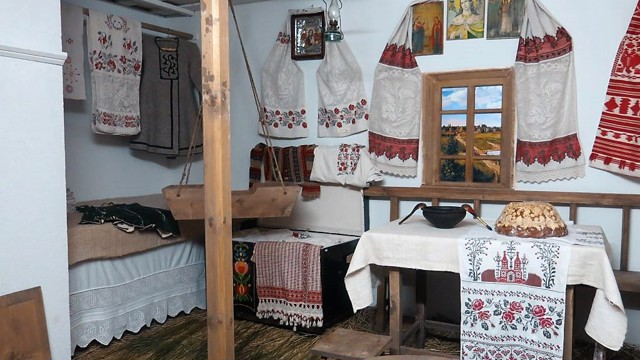
Khorol Local Lore Museum
Museum / gallery , Architecture
The first folk museum of local lore was organized in Khorol by ethnographer Volodymyr Biryukov back in 1917, but in the 1930s it was closed by the Soviet authorities.
The current exposition has been operating since 1995 and is housed in a historical building of the beginning of the 20th century, which is an architectural monument of local importance.
The nature department presents a diorama, stuffed animals, and geological samples.
The archaeological collection includes ancient weapons, ceramics, and stone tools.
In the department of ethnography, the interior of a village house is recreated, folk costumes and household items are exhibited.
A diorama of the "Khorol Yama" death camp is on display.
A branch of the Khorol Museum of Local Lore is the Novoavramivka Local Lore Museum.
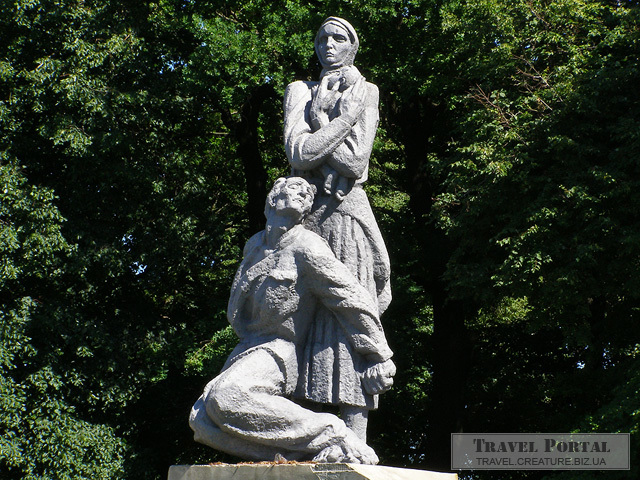
Memorial "Khorol Yama"
Monument
The memorial to the victims of the "Khorol Yama" concentration camp was created in 1991 in the former Khorol suburb of Dubky, where a German concentration camp for prisoners of war existed from 1941 to 1943.
The death camp was located near the quarry of the brick factory. Only in the first six months of its existence, more than 37,000 people died. In total, the ashes of about 91,000 residents of Khorol and other cities of Ukraine, soldiers, officers and partisans lie in six of the mass graves known to date.
Khorol on photo and video
Reviews Khorol
Geographical information about Khorol
| {{itemKey}} | {{itemValue}} |
|---|---|
| Region |
Poltava |
